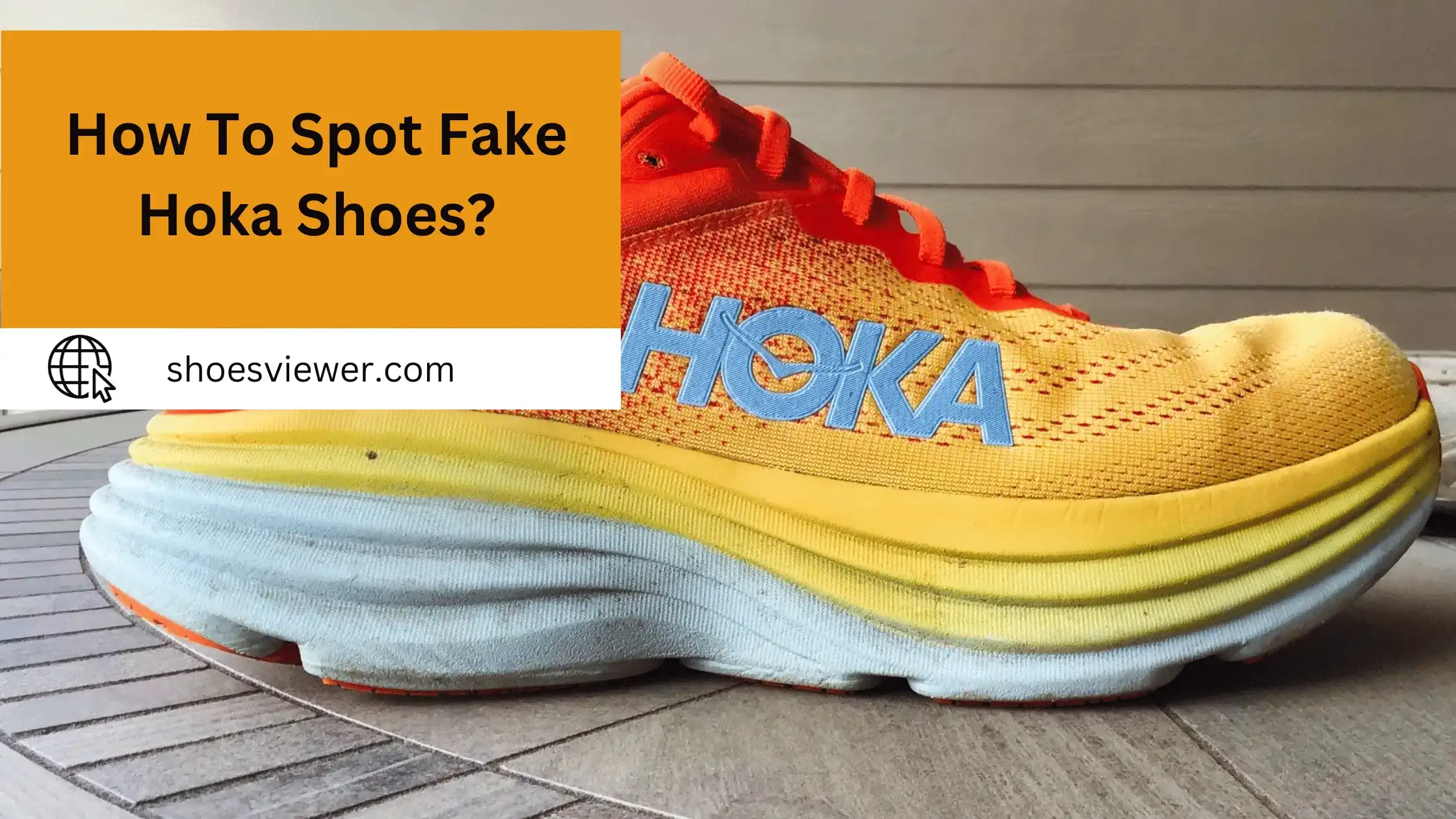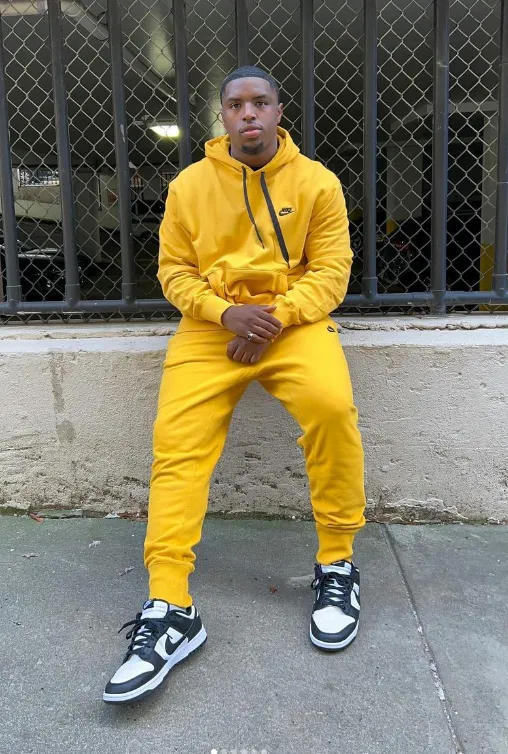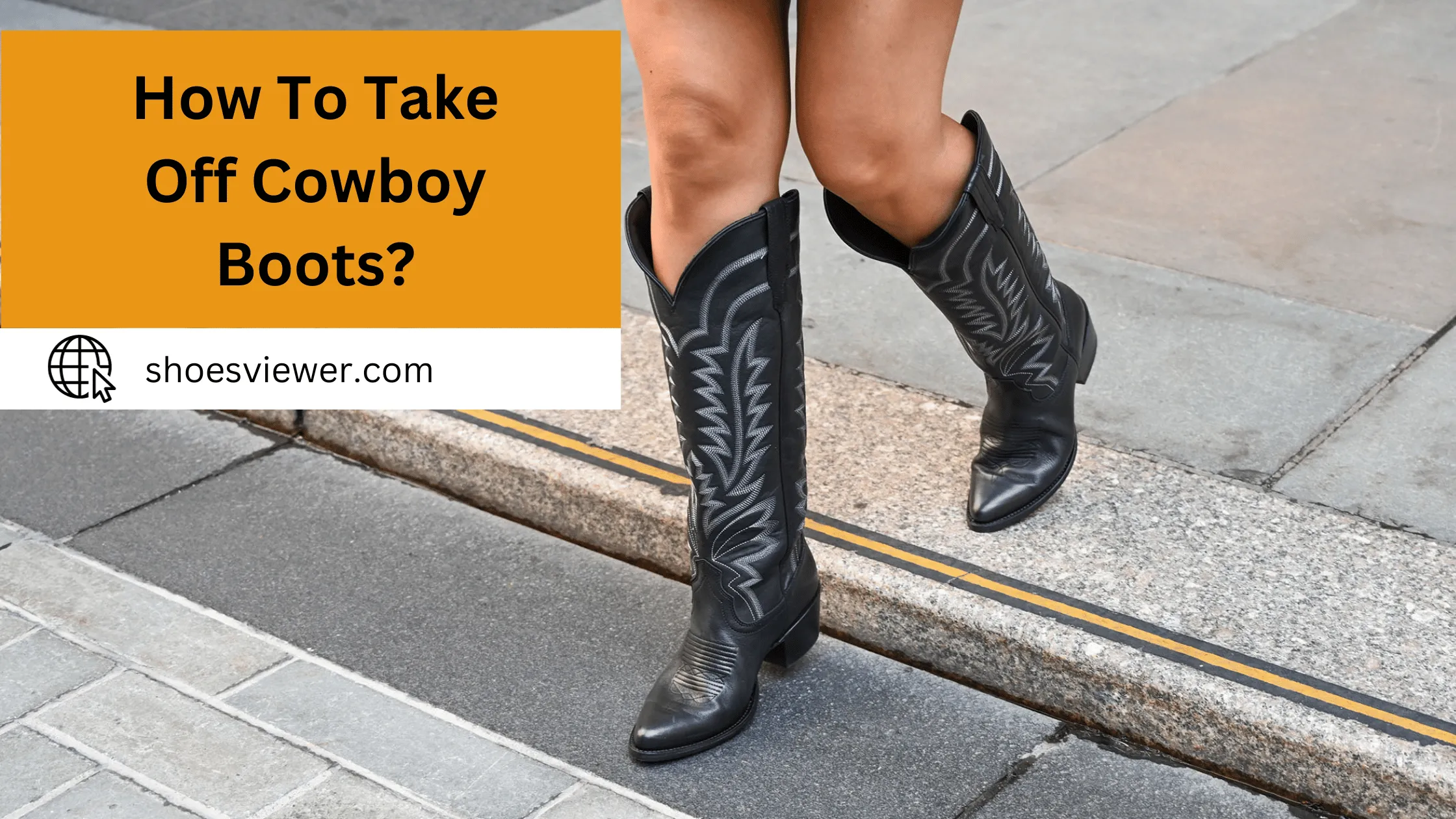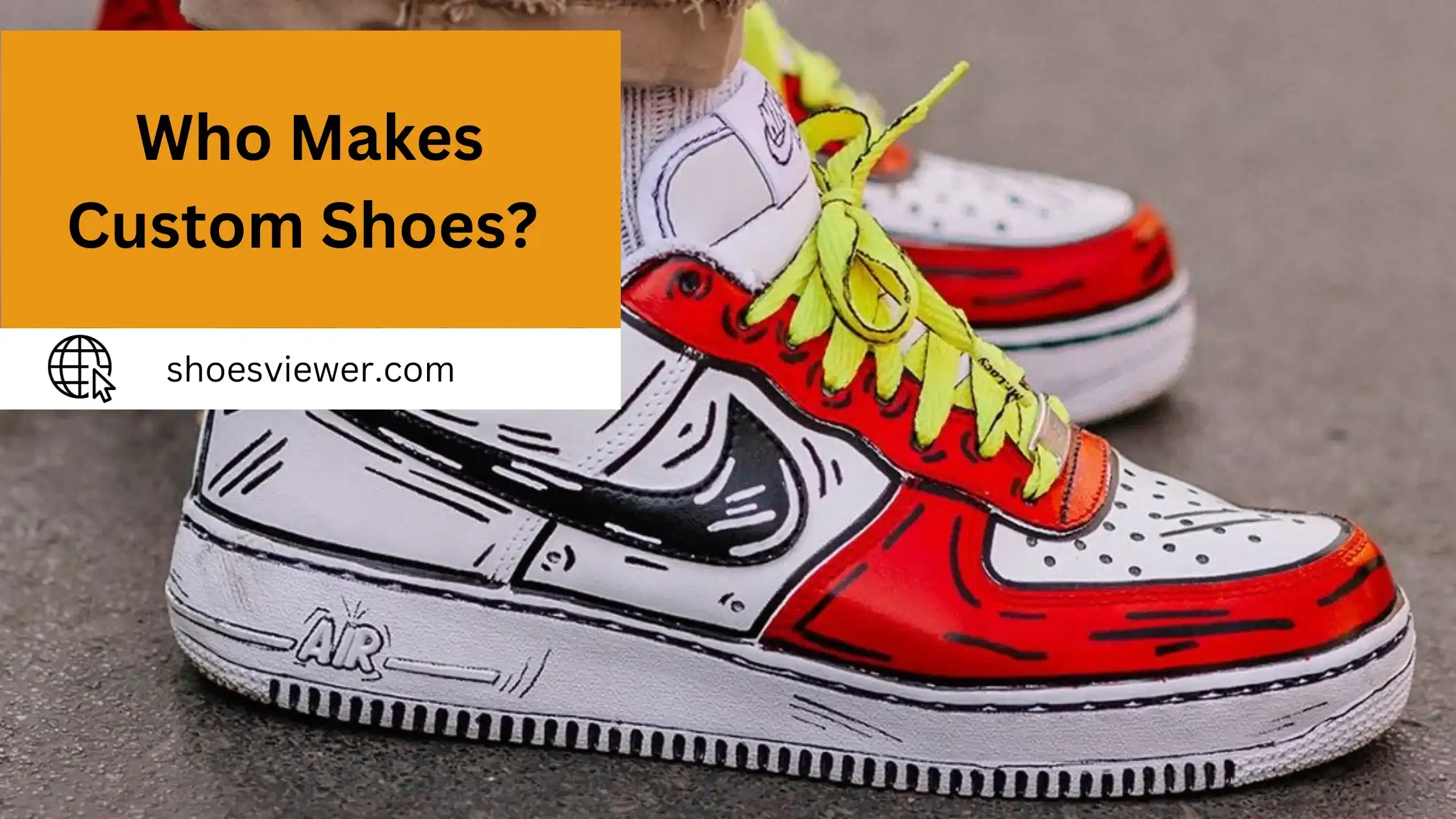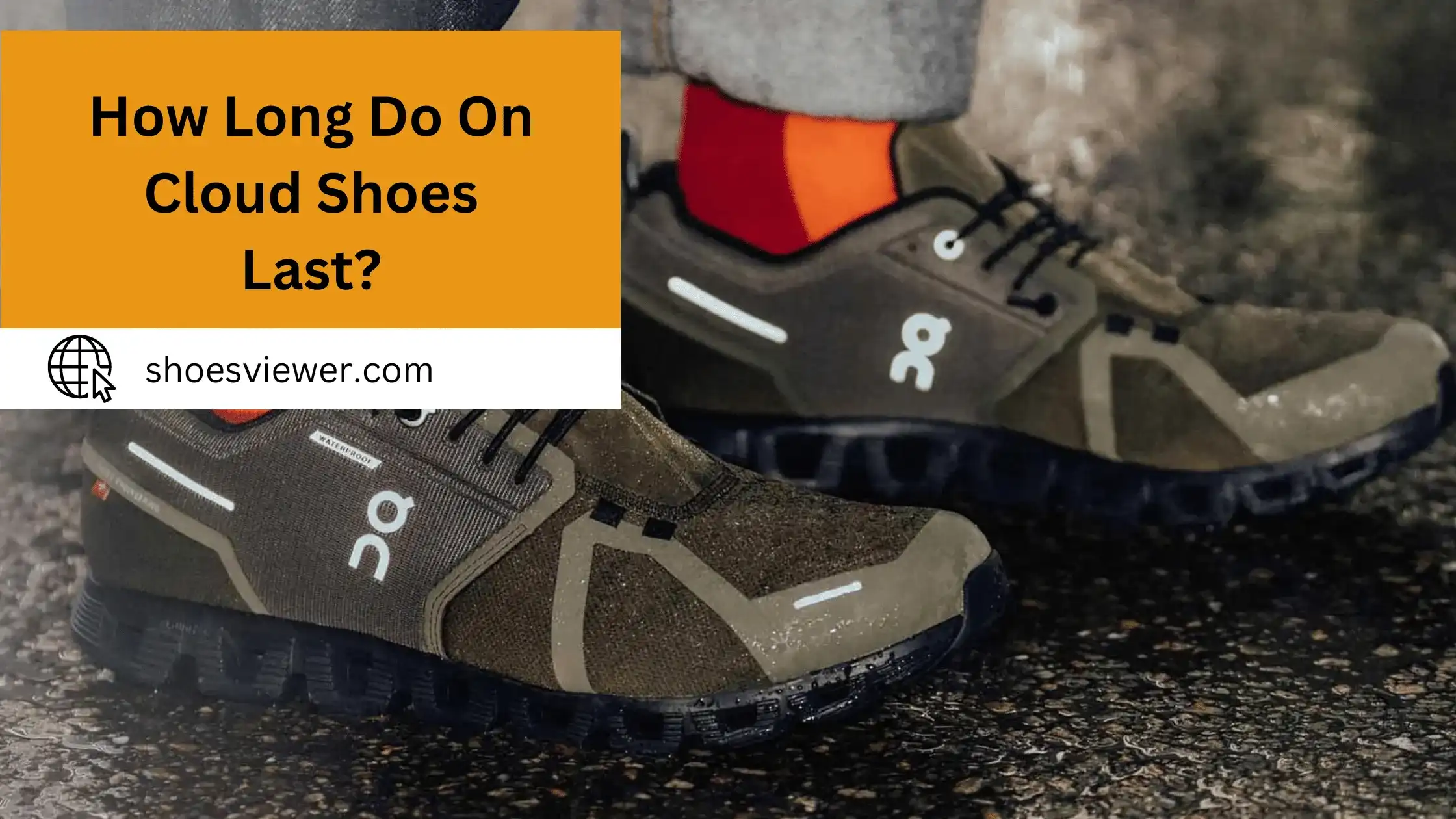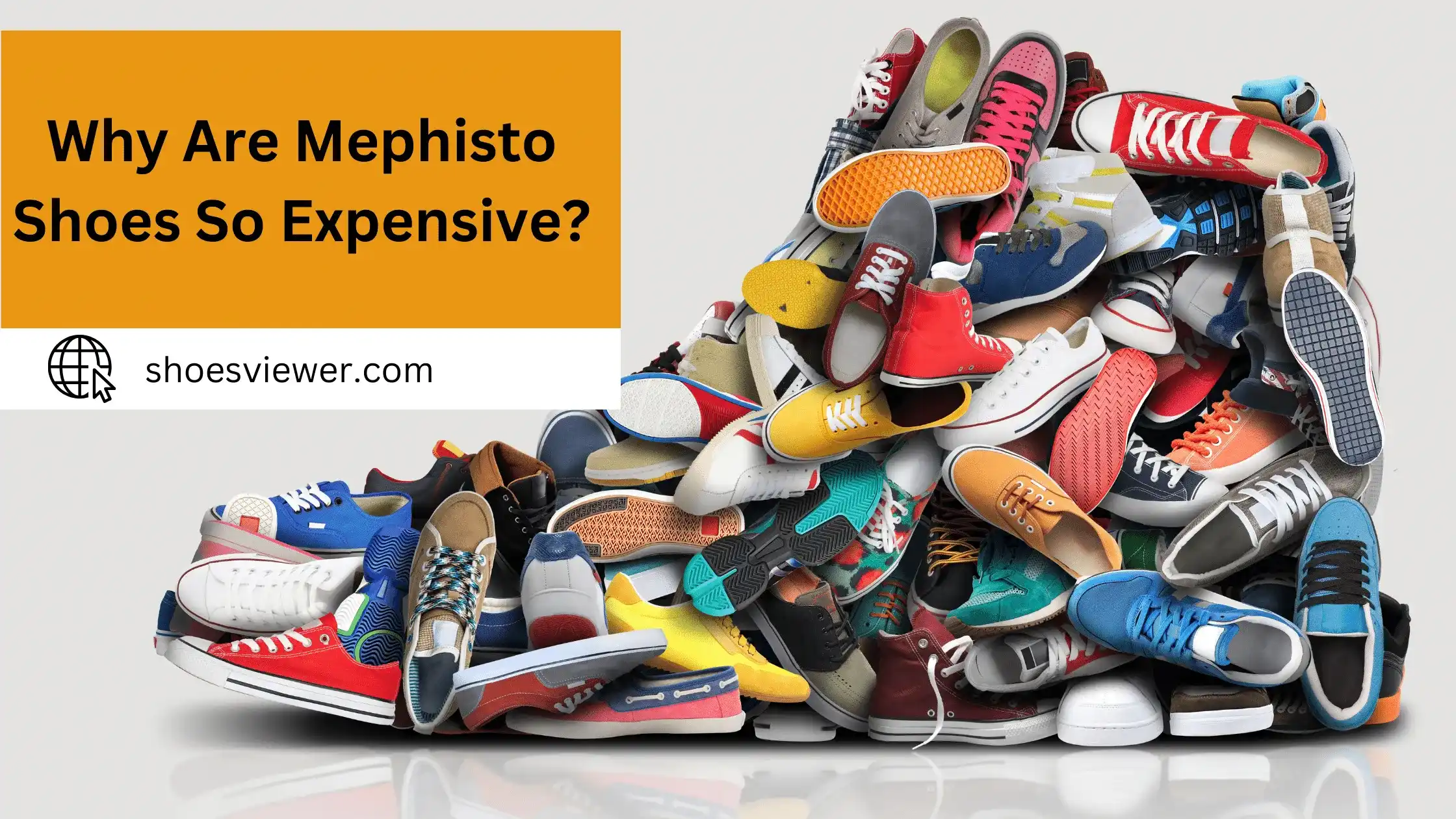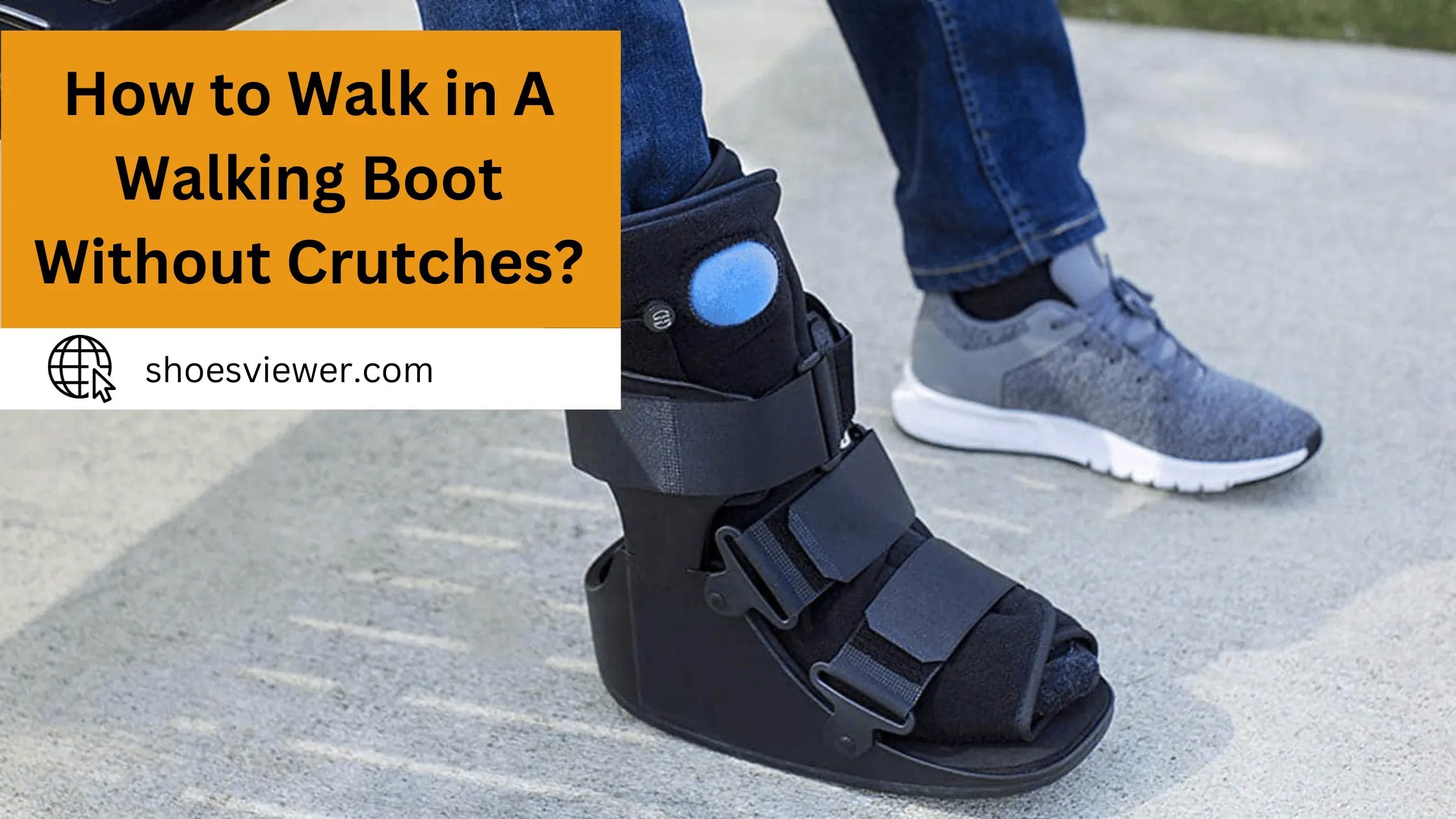As the popularity of Hoka running shoes continues to grow, so does the number of fakes appearing on the market. These counterfeit products are generally made with inferior materials and craftsmanship and could have potential safety risks for you as a runner or athlete.
It’s therefore essential to protect yourself from getting caught out by fake Hoka sneakers: let’s find out how to determine whether a pair is authentic!
Spotting The Differences: How To Identify Fake Hoka Shoes?
Counterfeit Hoka shoes have made their way into the market with the brand’s popularity. To ensure you’re getting a genuine product, here are some tips to spot the fakes:
Price:
If a deal seems too good to be true, it probably is. Counterfeit shoes are often sold at a fraction of the genuine product’s price.
Quality And Finish:
Fake shoes often have noticeable flaws, such as uneven stitching, poor-quality materials, or misprinted logos.
Misaligned Branding:
Check for misaligned logos or misspellings on the shoe or its packaging.
Check The SKU:
Genuine Hoka shoes have an SKU (Stock Keeping Unit) number. You can cross-check this number on the Hoka official website to verify its authenticity.
Source:
Always purchase from reputable retailers, whether directly from Hoka’s official website, authorized retailers, or well-known sports equipment stores.
Feedback And Reviews:
Always check the seller’s feedback and reviews if buying online, especially from platforms like eBay or Amazon. Counterfeit sellers often have multiple negative reviews pointing out the inauthenticity.
Packaging:
Genuine Hoka shoes come in high-quality boxes with clear branding. Be wary of plain, unbranded boxes or boxes with low-quality print.
Insole And Midsole:
The cushioning and feel of the insole and midsole of genuine Hoka shoes are hard to replicate. It might be counterfeit if the shoe feels unusually hard or lacks the characteristic cushioning.
Price Point: How Can Pricing Indicate Authenticity of Hoka Shoes?
Below-Market Prices:
Genuine Hoka shoes, a premium brand, come with a specific price point. If you encounter a deal that seems too good to be true, for instance, brand-new shoes at significantly lower prices, it’s a red flag for potential counterfeits.
Consistency With Official Pricing:
Regularly check the official Hoka website or authorized retailers for the standard prices of specific models. Significant deviations from these prices, unless during a genuine sale or clearance, can be suspicious.
Suspicious Discounts:
While sales are standard, be wary of sellers offering massive discounts, especially on newly-released models.
Understanding Genuine Hoka Shoes - Key Features And Specifications:
Hoka One One, often simply referred to as “Hoka,” is a renowned running shoe brand known for its unique designs and emphasis on cushioning. Here are some of the key features and specifications of genuine Hoka shoes:
- One of the signature features of Hoka shoes is their extra-thick, cushioned midsole. This provides added shock absorption and stability, which many runners appreciate.
- Another signature Hoka feature, the Meta-Rocker, promotes a natural running gait cycle. It complements the runner’s normal foot motion through its sculpted outsole radius.
- Hoka’s Active Foot Frame design allows the foot to sink into the shoe’s midsole, providing integrated stability that adapts to a wide range of feet and running styles.
- Despite their more prominent appearance, Hoka shoes are designed to be lightweight, ensuring they don’t weigh down runners.
- Genuine Hoka shoes use top-notch materials that are durable and breathable, offering a mix of longevity and comfort.
- Authentic Hoka shoes will have clear branding, usually with the “Hoka One One” logo on the shoe’s tongue, sides, or sole.
- Hoka offers various models catering to running needs, such as the Bondi for maximum cushioning or the Speedgoat for trail running.
Seller Reputation - Evaluating The Authenticity of Hoka Shoes Based on Seller:
Authorized Retailers:
Hoka, like many brands, has a list of authorized retailers. Purchasing from these ensures authenticity.
Online Marketplaces:
Platforms like eBay, Amazon, or AliExpress can have genuine sellers but are also rife with counterfeit vendors. Always check seller ratings, feedback, and reviews. A seller with numerous negative reviews mentioning fakes is a clear warning sign.
Physical Stores:
Established brick-and-mortar athletic or shoe stores with a history and reputation are typically reliable.
Too Many Models:
Be cautious if a seller has an unusually extensive inventory of rare or “sold-out” models, especially if they’re available in all sizes.
Checking Labels: Deciphering Real vs. Fake Hoka Shoe Labels
Placement & Quality:
Authentic Hoka shoes have labels on the tongue or side that are consistently placed and of high-quality printing. Any misalignment, poor-quality printing, or visible glue edges can indicate a counterfeit.
Barcode Verification:
Genuine Hoka shoes come with a barcode on the label. You can use various barcode scanner apps on your phone to check the legitimacy. If the scanned code doesn’t match any Hoka product or leads to a different shoe, it’s likely not genuine.
Misspellings or Inconsistencies:
Any spelling errors or inconsistencies in the shoe’s name, model, or other details are significant red flags.
Made In Label:
Authentic Hoka shoes will have consistent “Made In” labels. While it’s essential to note where Hoka manufactures its shoes (this can change over time), any label that looks dubious or of poor quality should be scrutinized.
Size and Fit Details:
Authentic labels will have clear and consistent sizing details, often in multiple countries' measurements. Fakes might have vague or incorrect sizing information.
Material Quality: Using Material Inspection To Spot Fake Hoka Shoes
Feel the Materials:
Authentic Hoka shoes are known for their quality materials. The mesh on genuine pairs will feel breathable and durable, whereas counterfeit versions might use cheaper, plasticky materials that feel rough or easily deform.
Midsole Consistency:
Hoka shoes are renowned for their cushioned midsoles. Fakes might offer a different plush feel. It might be counterfeit if the midsole feels excessively hard, lacks bounce, or easily deforms.
Outsole Grip:
Genuine Hoka shoes have outsoles designed for traction. Counterfeit shoes might have a shiny or smooth outsole that doesn’t feel as grippy or durable.
Stitching Quality:
Genuine Hoka shoes have consistent, tight, and even stitching. Counterfeit versions might exhibit uneven stitches, loose threads, or areas where the stitching appears rushed or haphazard.
Hoka’s Stand: What the Company Says About Counterfeit Products?
Commitment To Quality:
Like other premium brands, Hoka takes immense pride in its products' quality and performance. Counterfeits undermine this commitment by offering subpar products that don’t reflect the brand’s values.
Consumer Awareness:
Hoka would typically advise customers to know where they’re purchasing from. The safest bet is to buy from the official Hoka website, authorized retailers, or known and reputable sports stores.
Report Suspicious Retailers:
Brands often appreciate when customers or fans report suspicious sellers or counterfeit operations. It allows them to take necessary legal actions and protect unsuspecting buyers.
Guarantees And Warranties:
Authentic Hoka shoes have specific guarantees or warranties, ensuring replacement or repair under certain conditions. Counterfeit products won’t have these guarantees.
Safety And Performance:
Genuine Hoka shoes are designed for performance and safety. Using counterfeit products, especially for intensive activities like running, could lead to injuries.
Conclusion:
Arm yourself with knowledge and take your time to evaluate some of the tell-tale signs of fake Hoka shoes to ensure that you get the real deal. Stay educated on the trends and styles released from Hoka One One and where you decide to shop for them. The presence of these ‘fake Hoka shoes’ can quickly put a damper on an otherwise perfect shopping experience, but thankfully, there are established steps that you can take to discern between fake and authentic kicks.
